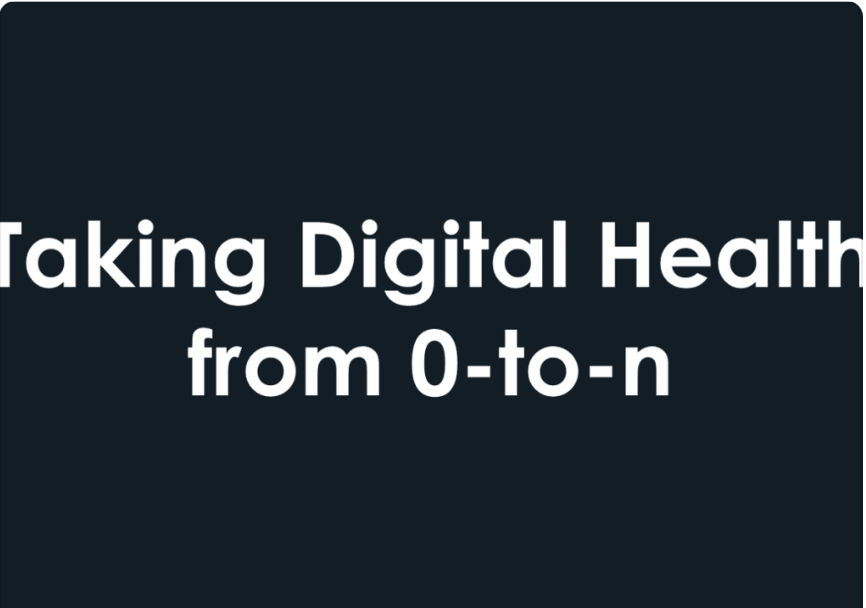Innovation is a fascinating topic. Every once and a while, the world witnesses something extraordinary like discovery of amino acids determining a protein’s 3 dimensional shape by Christian Anfinsen or development of an AI system that predicts 3D protein structures by AlphaFold -an offspring of Google Deepmind.
These are innovations that Peter Thiel, the co-founder of PayPal, Palantir Technologies and successful other innovative businesses, refers to as 0-to-1. It’s exhilarating; it provides the opportunity to see things no one has ever seen before, like landing on the moon. It is literally out of this world. But the ultimate value comes from those who can take the exhilarating – the unprecedented – and make it simple and accessible—providing space travel not only to a handful but to all people who dare to dream big. This is 1-to-n. This is what disrupting innovation is about – scaling the unscalable, making the disruption the norm.
Digital health is no exception. Pharma industry and companies have seen the value of many 0-to-1 opportunities and are in the midst of realizing the ultimate value by bringing them 1-to-n. Amongst many others, here are a few of the examples I am the most fascinated with:
Throughout drug discovery, companies harness machine learning to make better decisions sooner, for instance, to analyze years of results and predict which compounds could be active against specific biological mechanisms. During drug development, novel study endpoints or integrating digital endpoints help better understand every aspect of the patient experience. Another example is connected health, such as apps that connect to your blood glucose meter and calculate your insulin dose. At this stage, in almost all therapies, companies from startup to large pharma, consider it a competitive necessity.
Digital therapeutics (DTx) are also exiting their phase of 0-to-1’ization. DTx delivers therapeutic interventions directly to patients using evidence-based, clinically evaluated software to manage and prevent a broad spectrum of diseases.
The last example is data and analytics ecosystems that leverage the millions of patient years of data to expand existing therapeutics into either new indications or patient populations while allowing to learn more about the underlying biology.
The 0-to-1’s are often the ones everyone hear most about. However, I am convinced that in order to be able to reimagine medicine with data and digital to improve and extend people’s lives, the 1-to-n’s should materialize. Understanding that it’s no longer about driving a digital transformation but industrializing transformation in a digital world, I am committed to continue industrializing the ability of driving innovation from 0-to-n and fully integrate data science and digital technology in our business models, in other words, bringing them from 0-to-n
The video: From 0-to-n
To learn more about the technology industry and its focus on diversity and inclusion, visit Bruno Villetelle’s monthly blog at BrunoVilletelle.com.

